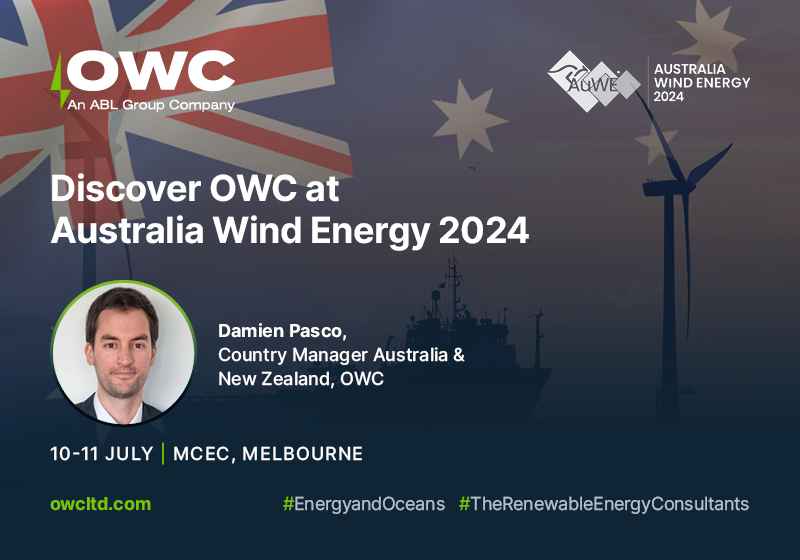Weather Challenges in Bunbury and Their Impact on Offshore Wind Construction
The Impact of Weather Conditions in Bunbury on Offshore Wind Construction Vessels
Introduction: Bunbury’s Offshore Wind Potential
Western Australia’s coastline presents a promising frontier for offshore wind energy. Bunbury, a key location in this region, offers significant potential for wind power generation. However, the operability of offshore wind construction vessels in these waters is heavily influenced by local weather conditions. This second part of our series delves into the unique challenges faced in Bunbury and how they impact offshore wind construction.
Will Philbedge, Transportation and Installation Lead along with Anantha Kidambi, Senior Metocean Consultant from OWC, continue their analysis on the impact of weather conditions in Australia.
In the final part of this two-part series, Will and Anantha delve into the unique challenges faced in Bunbury and how they impact offshore wind construction.
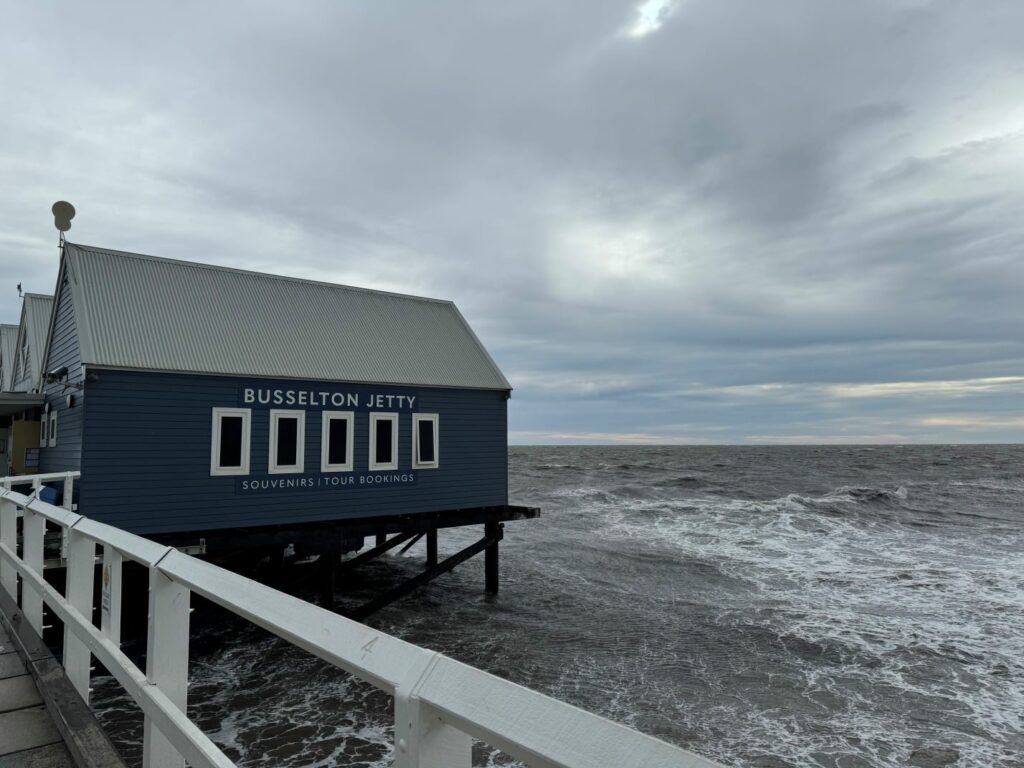
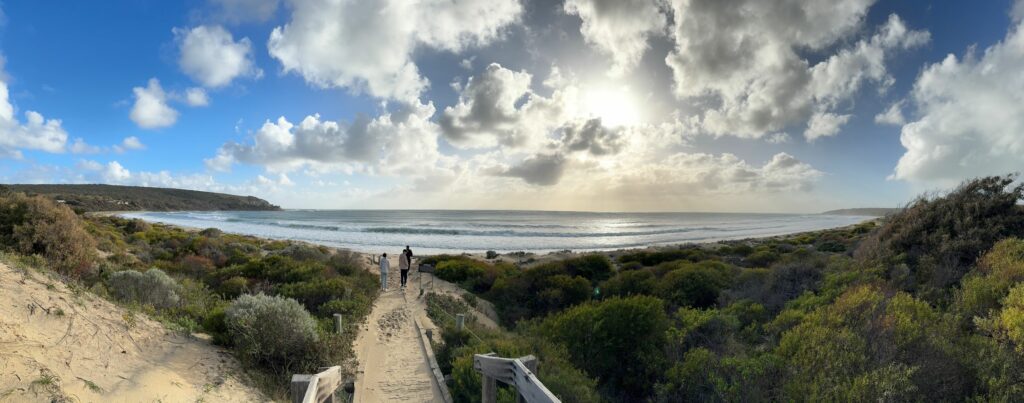
Environmental Limitations: The Power of the Indian Ocean
Bunbury, located on the southwest coast of Australia, is exposed to the vast expanse of the Indian Ocean. This exposure brings powerful winds, high waves, and strong currents that can severely impact offshore wind construction activities. The environmental limitations for critical operations, such as lifting heavy components or maintaining vessel stability, are dictated by these challenging conditions.
Vessels operating in Bunbury must contend with significant environmental loading, requiring robust station-keeping systems. Whether using mooring lines or dynamic positioning, vessels must be capable of maintaining position during adverse weather events, ensuring safety and operational efficiency.
Wave Period and Vessel Motions: The Challenge of Long-Period Waves
The wave conditions off the coast of Bunbury are characterised by long-period waves, which significantly affect vessel motions. These long-period waves lead to larger heave, roll, and pitch motions, increasing the difficulty of offshore construction activities. The natural frequencies of these motions can align with the incoming wave periods, causing resonance and amplifying vessel movements.
Response Amplitude Operators (RAOs) are critical in assessing vessel suitability for Bunbury’s challenging environment. Different vessel types, such as semi-submersible heavy lift vessels and monohull installation vessels, exhibit distinct RAOs. Understanding these differences is essential for selecting the right vessel for offshore wind projects in Bunbury.
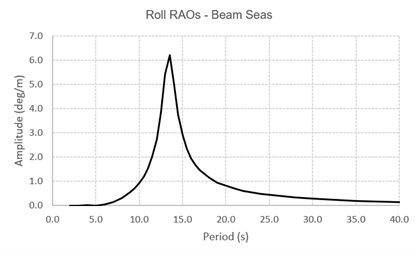
Metocean Condition Comparison: Bunbury vs. North Sea
A comparison between Bunbury and the North Sea reveals stark differences in metocean conditions. While the North Sea is somewhat sheltered, Bunbury faces the full force of the Indian Ocean. This results in higher and more frequent waves, with significant wave heights often reaching 4 meters or more and wave periods extending up to 15 seconds.
These challenging conditions lead to larger vessel motions in Bunbury compared to the North Sea. For example, the probability of experiencing a sea state with less than 1 meter wave height in Bunbury is near zero, significantly impacting the operability of offshore construction vessels. Most offshore lifting operations are limited to sea states with significant wave heights of 1.5 to 2 meters, highlighting the need for innovative solutions to enhance operability.
Analysis provided by Anantha Kidambi, Senior Metocean Consultant, OWC
Duration: 23 years
| Lat (°) | Lon (°) | |
| Western AUS | 114.689 | -33.159 |
| Europe North Sea | 6.096 | 54.340 |

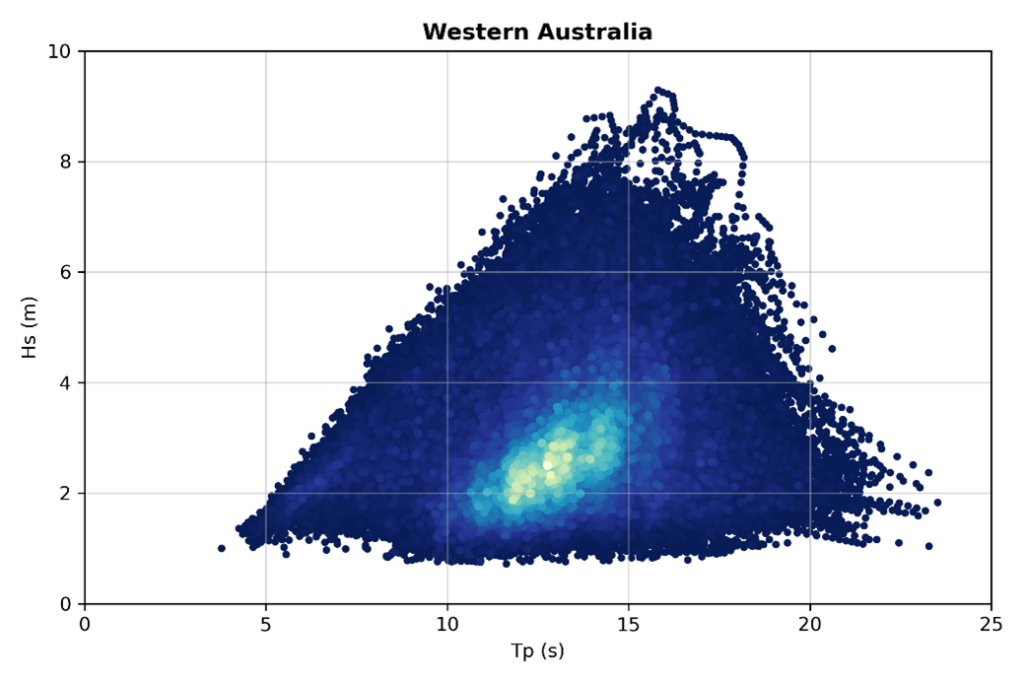
Weather Downtime and Operability: Strategies for Success
OWC’s weather downtime reviews for Bunbury highlight the significant impact of local conditions on offshore wind construction. The operability of typical wind turbine installation sequences is drastically different between Bunbury and other regions. Bunbury shows lower overall operability, with annual averages around 11%. This highlights the need for advanced planning and innovative solutions to ensure project success.
Offshore wind projects in Bunbury must account for these challenging conditions. Strategies such as using specialized vessels, optimizing installation windows, and incorporating advanced weather forecasting tools can help mitigate the risks associated with low operability periods.
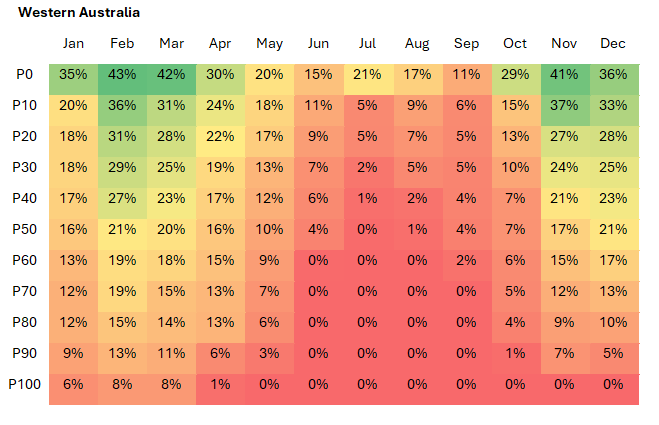
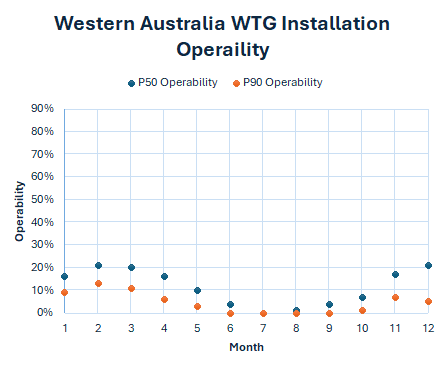
Meet OWC at Australia Wind Energy 2024
OWC is eager to share its expertise at the upcoming Australia Wind Energy 2024 Conference. Damien Pasco, Country Manager for OWC Australia and New Zealand, will be available to discuss how OWC can support your offshore wind projects in Bunbury and beyond. With a wealth of experience in technical due diligence, auction support, and owner’s engineering, OWC is ready to help navigate the complexities of offshore wind development in challenging environments.
Join us at the Melbourne Convention and Exhibition Centre from July 10-11, 2024. Learn more about how OWC can support your offshore wind initiatives. Schedule a meeting with Damien Pasco to explore customized solutions for your energy projects. Ensure your success in the Australian offshore wind sector.

Will Philbedge
Transportation and Installation Lead, OWC

